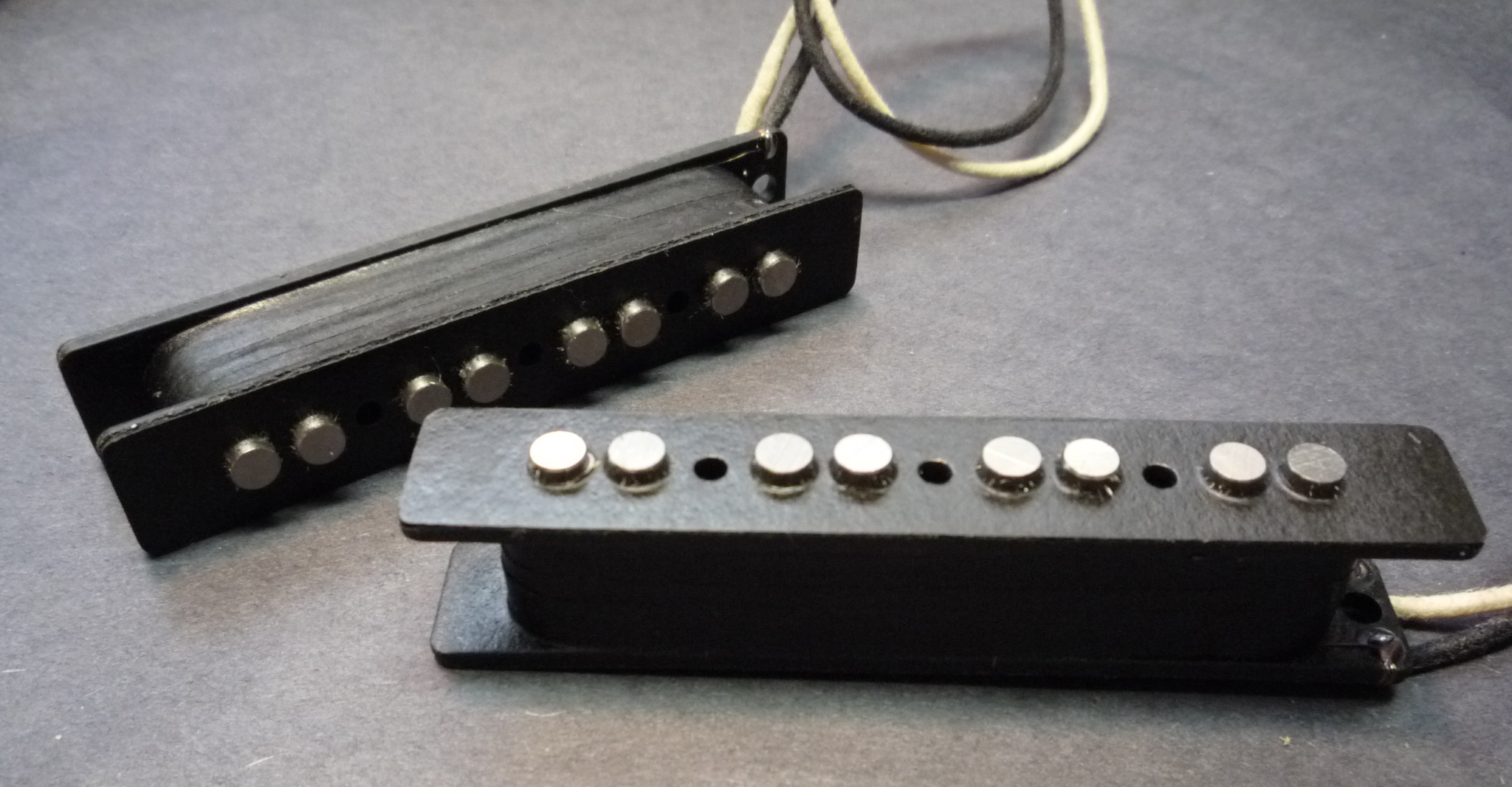


It's not difficult to wind two coils of a pickup with precisely identical turns of wire today, but it would have been nearly impossible 50 years ago. Pickups wound in the '50s and '60s were more inconsistent than their modern counterparts because there was less automation in the production. There has been a trend as of late towards humbuckers with unbalanced coils. It's worth mentioning that not all humbuckers are created equal when it comes to noise cancellation. Examples include the Ilitch BPNCS and the Suhr SSCII systems. Stacked single-coils don't sound exactly like true single-coils, but they are in the ballpark.Ī few companies tackle 60-cycle hum by using a humbucking coil that is separate from the actual guitar pickups. They are the same size as a traditional single-coil, but they utilize two coils that are stacked vertically and wired like a humbucker to, you guessed it, “buck the hum." Just a couple examples are the Gibson P-100 (a stacked P-90-type pickup) and the Seymour Duncan Classic Stack, which is available in Strat- and Tele-type models. Stacked single-coil pickups have been around since the '80s and are one way to go. If you want the twangier, airy tones that single-coils produce, but without the noise, there are a few options. But, of course, humbuckers don't sound like single-coils. Way back in the mid '50s, designer Seth Lover invented the humbucker, a pickup that solved this problem. Single-coil types are notorious for 60-cycle hum. In this first installment of a two-part piece on noise issues, we'll explore ways to keep your guitars noise-free. It's part of the vintage mojo, right? But for the most part, I like a quiet rig. Sure, sometimes extraneous noises from things like microphonic unpotted pickups on vintage guitars can be charming. It's just as important, however, to eliminate the sounds we don't want our rigs to make! I'm talking about 60-cycle hum, ground loops, and the noises things like dirty guitar pots and vibrating tremolo springs can make. We all tend to spend quite a bit of time (and money) experimenting with amps, effects, and guitars-fine-tuning our rigs until they produce the tones we hear in our heads.


 0 kommentar(er)
0 kommentar(er)
